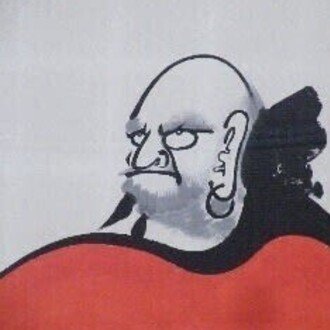
御室流と月輪未生流、華の共演。流派は違えど役割は同じ Co-starring Omuro style, Tsukiwa Mishoryu style, and Hana. The school is different, but the role is the same.
仁和寺では「秋の華会」が行われている。本坊の随所にいけ花が設えてあった。
"Autumn Flower Party" is held at Ninna-ji Temple. There were flowers everywhere in Honbo.
この華会は、仁和寺の「御室流」と泉涌寺の「月輪未生流」の華の共演。今回は特別出瓶として、皇室ゆかりの御寺泉涌寺が家元を務める月輪未生流の作品が主に展示されていた。
This Hanae is a co-star of Ninna-ji's "Omuro-ryu" and Sennyuji-ji's "Tsukiwa Mishoryu". This time, as a special bottle, the works of Tsukiwa Mishoryu, whose head is Sennyu-ji Temple, which is related to the imperial family, were mainly exhibited.
御室流は、古典技法を継承しながら自由ないけ花表現を追求。いけ花の美しさといけ花の心を伝えることを目的にした流派。
一方、月輪未生流は、歴代皇族への献花が始まりで、他の流派が仏に供えるために色花を飾ったのに対し、歴代の天皇に捧げるための花を飾る流派である。
The Omuro style pursues free flower expression while inheriting classical techniques. A school that aims to convey the beauty of ikebana and the heart of ikebana.
On the other hand, the Tsukiwa Mishoryu school started with offering flowers to successive imperial families, and while other schools decorated colored flowers to offer to the Buddha, it is a school to decorate flowers to offer to successive emperors.





同じ真言宗ではあるが、異なる派の共演はそうあるわけではない。流派の目的は違えど、日本の文化であるいけ花伝承の役割はともに同じ。
Although they are the same Shingon sect, there are not so many co-stars of different groups. Although the purpose of the school is different, the role of the traditional Japanese culture is the same.






リポート&写真/ 渡邉雄二 文は秋の華会のボード表示を参照 Reported & Photos by Yuji Watanabe
いいなと思ったら応援しよう!

